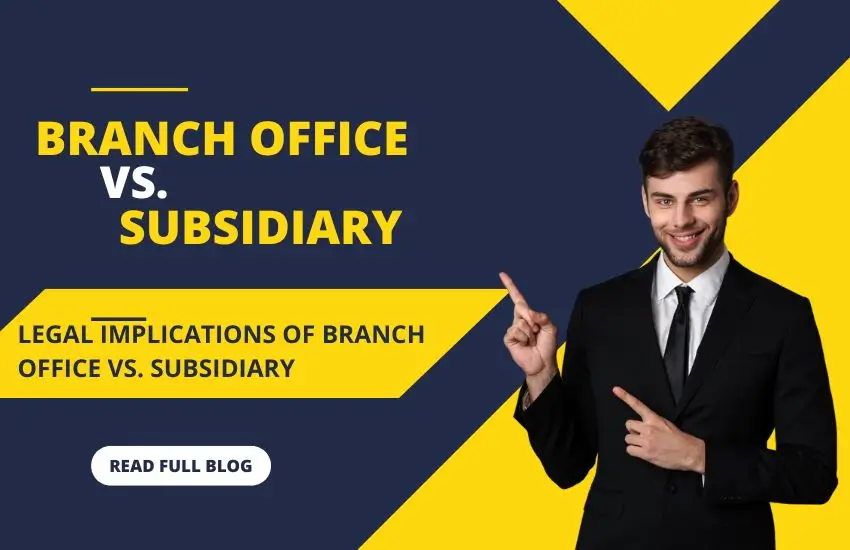Cost-Plus Contract: Definition, Types, and Example

What Is First Right of Refusal (FROF), and How Does It Work?
October 7, 2024
Right of First Offer (ROFO) Definition and How It Works
October 8, 2024Introduction
A cost-plus contract is a type of agreement commonly used in construction, government projects, and other industries where the actual cost of work can be uncertain. It allows the contractor to be reimbursed for all allowable costs related to the project, plus an additional amount to cover profit. This structure provides both parties with a flexible approach to managing complex projects. In this guide, we will explore how cost-plus contracts work, their benefits, and drawbacks, and how to manage them effectively.
How Does a Cost-Plus Contract Work?
In a cost-plus contract, the contractor is paid for the actual costs incurred during the project, such as labor, materials, and overhead, plus a fee that represents profit. These contracts are typically used when project costs are difficult to estimate upfront.
Key components of a cost-plus contract include:
- Direct Costs: Expenses like labor, materials, and equipment.
- Indirect Costs: Overheads such as administrative fees or insurance.
- Profit Margin or Fee: This could be a fixed fee, an incentive-based fee, or a percentage of the total cost.
Types of Cost-Plus Contracts
There are several types of cost-plus contracts, each with its method of calculating fees:
Cost-Plus Fixed Fee (CPFF)
In this type, the contractor is reimbursed for all project costs and is paid a fixed fee that remains constant regardless of project cost variations. This structure ensures that the contractor is compensated fairly while limiting the risk of runaway costs for the client.
Cost-Plus Incentive Fee (CPIF)
Under CPIF, the contractor can earn an additional fee if they meet or exceed specific performance targets, such as completing the project under budget or ahead of schedule. This provides an incentive for the contractor to minimize costs and maximize efficiency.
Cost-Plus Award Fee (CPAF)
With CPAF, the contractor’s fee is determined by the client based on subjective performance criteria. This type of contract is often used when quality and performance are more important than cost control.
Benefits of a Cost-Plus Contract
Cost plus contracts offer distinct advantages for both contractors and clients.
Contractor Benefits
One of the main advantages for contractors is reduced financial risk. Since they are reimbursed for all costs, they do not have to worry about underestimating the project’s budget. Additionally, this type of contract offers:
- Flexibility in material and labor costs: Contractors can adjust for fluctuations in prices without worrying about fixed-cost limitations.
Client Benefits
For clients, cost-plus contracts provide greater transparency since they can see a breakdown of every cost involved. This allows for better control over the project’s quality and scope. Other benefits include:
- Transparency in cost breakdown: Clients know exactly what they are paying for, which fosters trust between them and the contractor.
- Better control over project quality: Clients can make real-time adjustments to the project without having to renegotiate the contract.
Drawbacks of a Cost-Plus Contract
While cost-plus contracts offer flexibility, they can also have disadvantages, particularly for clients.
- Potential for cost overruns: Without strict cost control, projects can exceed initial estimates.
- Increased administrative oversight: The client must keep a close eye on costs to ensure the project stays within budget, which may require more administrative resources.
How to Minimize Risks in Cost-Plus Contracts
To mitigate the risks associated with cost plus contracts, both contractors and clients can implement safeguards:
- Setting a maximum price (Cost Cap): Agreeing on a maximum price prevents the project from spiraling out of control, giving the client some peace of mind.
- Clear documentation and approvals: Ensure that all costs are well-documented and that there’s a clear approval process for any changes or additional expenses.
Cost-Plus Contracts in Different Industries
Cost plus contracts are particularly common in:
- Construction industry: Used when project requirements may change or are not fully defined at the start.
- Government projects: The government often uses cost-plus contracts for research, development, and construction projects where the total cost is uncertain.
- Research and development: For R&D projects, where the scope can evolve, a cost-plus structure allows for flexibility.
Cost-Plus Contracts vs. Fixed-Price Contracts
The primary difference between cost-plus and fixed-price contracts lies in how costs are handled:
- Cost-Plus Contracts: The client pays the contractor for actual costs incurred plus a fee for profit. This offers flexibility but may lead to higher costs if not managed carefully.
- Fixed-Price Contracts: The contractor is paid a lump sum regardless of the actual costs. This puts more financial risk on the contractor but provides greater cost certainty for the client.
Key Elements to Include in a Cost-Plus Contract
To ensure a smooth working relationship, a cost-plus contract should include several key elements:
- Detailed cost breakdown: List all costs related to labor, materials, and overhead.
- Fee structure: Specify whether the contractor will be paid a fixed fee, an incentive fee, or an award fee.
- Payment schedule: Define how and when the contractor will be reimbursed for costs incurred during the project.
Legal Considerations in a Cost-Plus Contract
It’s essential to involve legal professionals when drafting or entering into a cost-plus contract. Legal considerations include:
- Contract enforceability: Ensure the contract complies with local laws and regulations.
- Role of legal advisors: Lawyers can help draft the contract to protect both parties’ interests and ensure clarity in terms.
Common Pitfalls in Cost-Plus Contracts
Cost-plus contracts can be challenging to manage if certain issues are not addressed early on. Common pitfalls include:
- Lack of cost control: If the contractor is not careful, costs can quickly exceed the client’s expectations.
- Miscommunication between parties: Clear communication is key to avoiding disputes over costs and project scope.
Negotiating a Cost-Plus Contract
When negotiating a cost-plus contract, it’s crucial to ensure that both parties are clear on the terms.
Tips for Contractors
- Ensure the fee structure is fair and reflects the complexity of the project.
- Make sure cost adjustments are flexible as the project evolves.
Tips for Clients
- Insist on clear documentation of costs and set approval processes for any changes to the project scope or budget.
- Consider setting a maximum price to protect yourself from excessive cost overruns.
Conclusion
Cost-plus contracts offer a flexible and transparent way to manage complex projects where the scope may change over time. However, both contractors and clients must be vigilant in managing costs and maintaining clear communication throughout the project. With proper safeguards, cost-plus contracts can be a win-win solution for both parties, ensuring successful project completion while minimizing financial risk.


